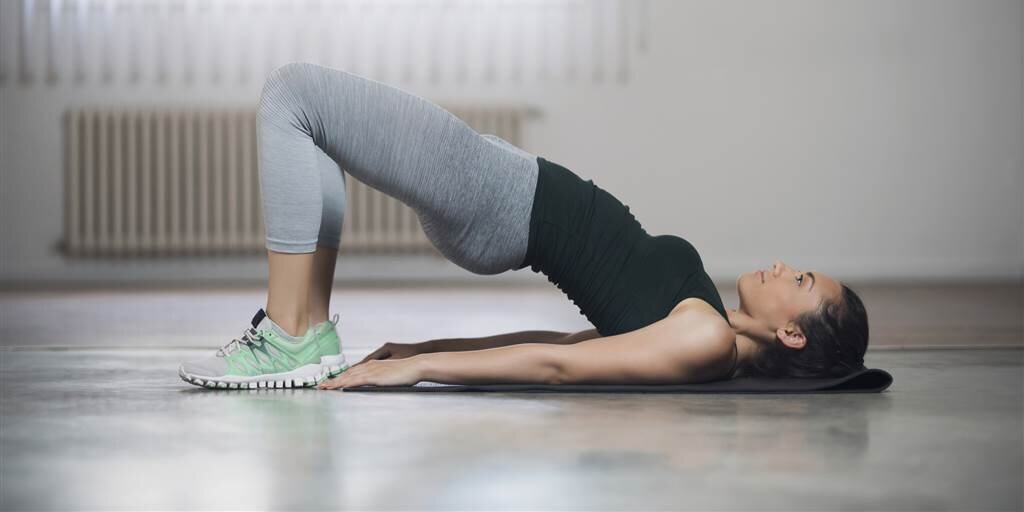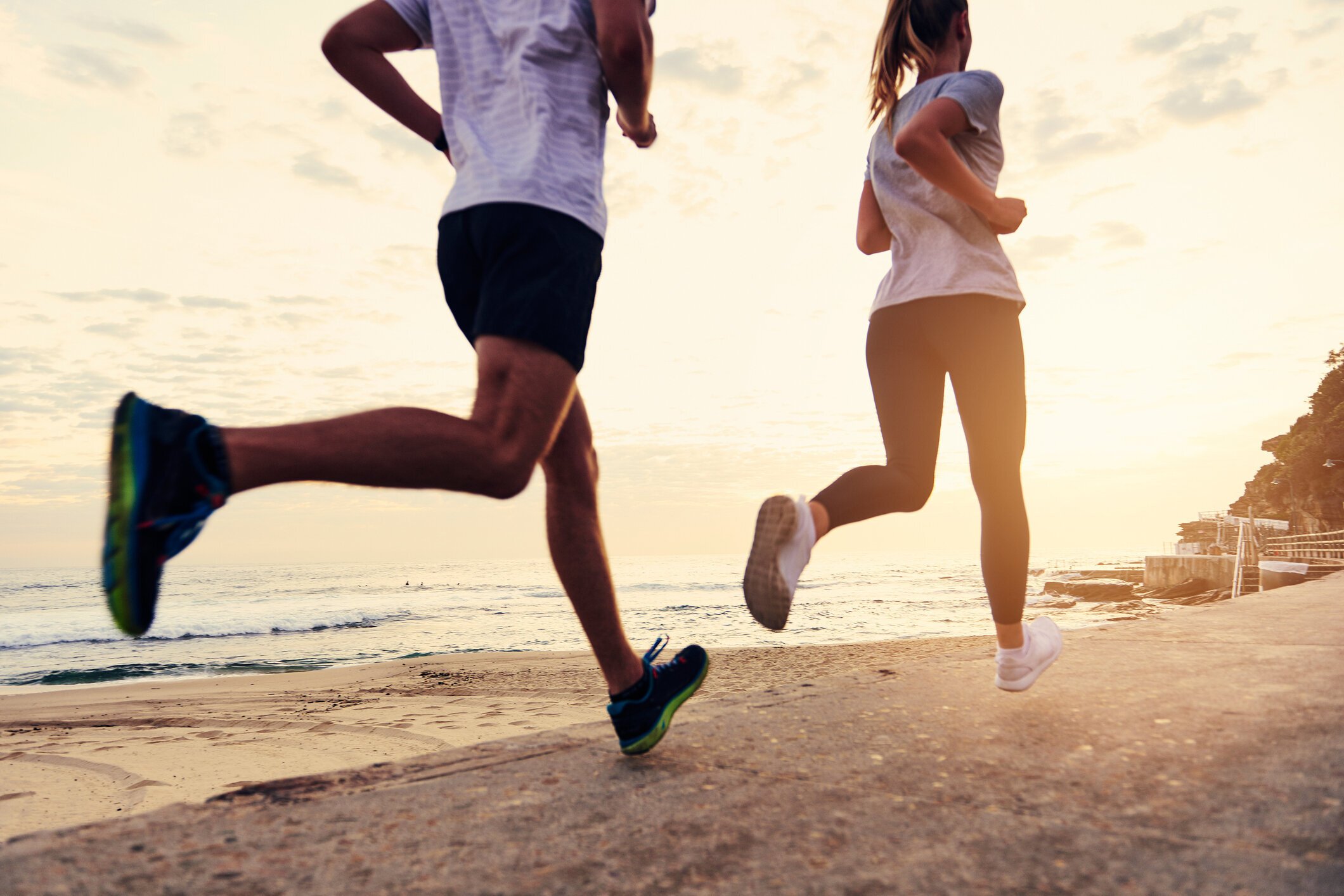What is a butt wink squat?
There has been plenty of debate as to whether having a “butt wink” even matters that much.. Is it bad? Does it matter? Is it associated with pain?
Well, let’s talk about some of these things.. BUT FIRST.. Let’s talk about what exactly IS A BUTT WINK??
Fig.1 Often starting position has a straight and stiff spine (top) as they squat down, their tailbone tucks under creating a change in spinal position and a loss of stiffness in the spine.
Well..
Moving the hips and the knees, whilst maintaining “stiffness” through the spine is ideal - so as to most load the hips and knees.
A “butt wink” occurs when there is a shift in spinal or pelvic position throughout the squatting movement creating a ‘tucking under’ of the lower back and pelvis.
So does having a butt wink when you squat matter?
Mechanically speaking, this position doesn’t provide the best of leverage to get up from the bottom position, and if the weight is too heavy, it can pin you down OR force you to lift the weight using a less optimal strategy to lift the weight. The glutes have been shown to take on the largest load and force generation when squatting below parallel, but tucking the pelvis under in a butt-wink takes away the leverage to allow this to happen.
The shift in spinal and pelvic position also indicates a loss of ‘stiffness’ in the abdomen and through the spine. In order to lift effectively and transfer force, we need to build intra-abdominal pressure (IAP). IAP, is when you fill the abdominal cavity with air pressure and contract the surrounding muscles creating a pressurised cylinder through the core and pelvis. This allows the hips, knees and ankles to push against the floor without leaking energy through the abdomen and the spine… So… if your spine moves… then it’s safe to say you’ve leaked some of the energy that you should be holding onto in the abdomen.
The movement of the spine and pelvis also indicates that there may have been a shift in centre of gravity. The best bet when squatting is to find the most efficient, and straightest bar bath possible for the lift to occur whilst maintaining optimal movement efficiency. A butt-wink can indicate that the lifter’s centre of gravity started off too far back and thus has to shift relatively forward throughout the movement. This makes the bar deviate from centre, and thus, the bar needs to travel further throughout the squat movement.
Fig.2 A typical “butt wink” as depicted by Girls Gone Strong
So, does a butt wink matter?
Well, based on these points, it matters as it can affect the efficiency of the movement and thus one’s performance of the squat.
Fig. 3 On left: Position of spine. On right: Bar path starting and finishing in front of the persons centre of gravity
Can a butt wink cause pain?
Put simply, there is nothing to suggest that having a “butt wink” will cause back pain.
However, if someone comes into the clinic with back pain, then the “butt wink” might be one of the things we will look at to help get the person back to squatting again asap.
Often, pain from lifting can originate due to the load administered being too great for the capacity that the tissues have to bear the load. This can lead to a protective response, a strain, a sprain or just some inflammation.
Making a movement efficient is one way to mitigate this overload.
All too often we see people lifting with poor technique or inefficient movement, but that doesn’t always mean they will have pain or injury.
But when someone does come in with pain or injury, technique and movement efficiency is a critical point that needs to be looked at when looking to return someone back to sport, and in this case, back under the barbel.
So what’s the final verdict of the butt wink and optimising your squat?
Does it cause pain? NO
Do we think it’s important? YES
Thanks for reading, and if there is anything I can personally do to help you, whether that’s to help you through pain, improving movement, or to get you back under the barbel confidently, be sure to book a time with me, at either our Norwest or Bondi Junction clinics.




















